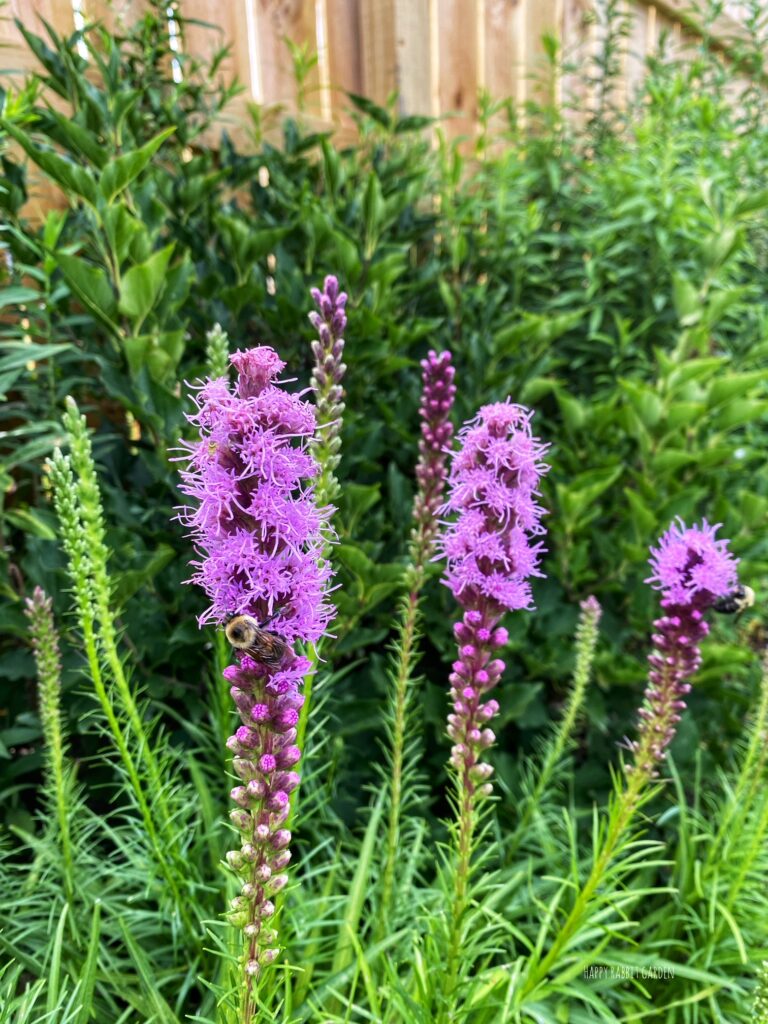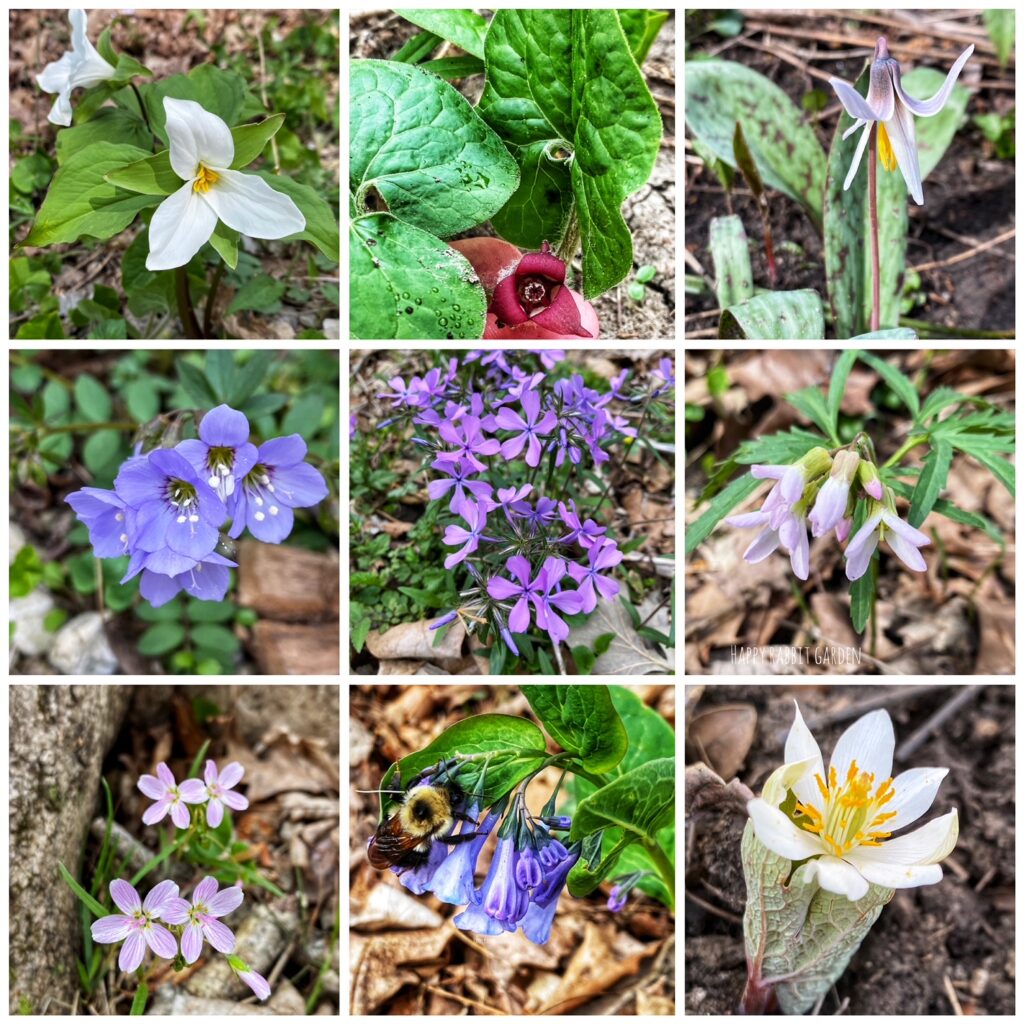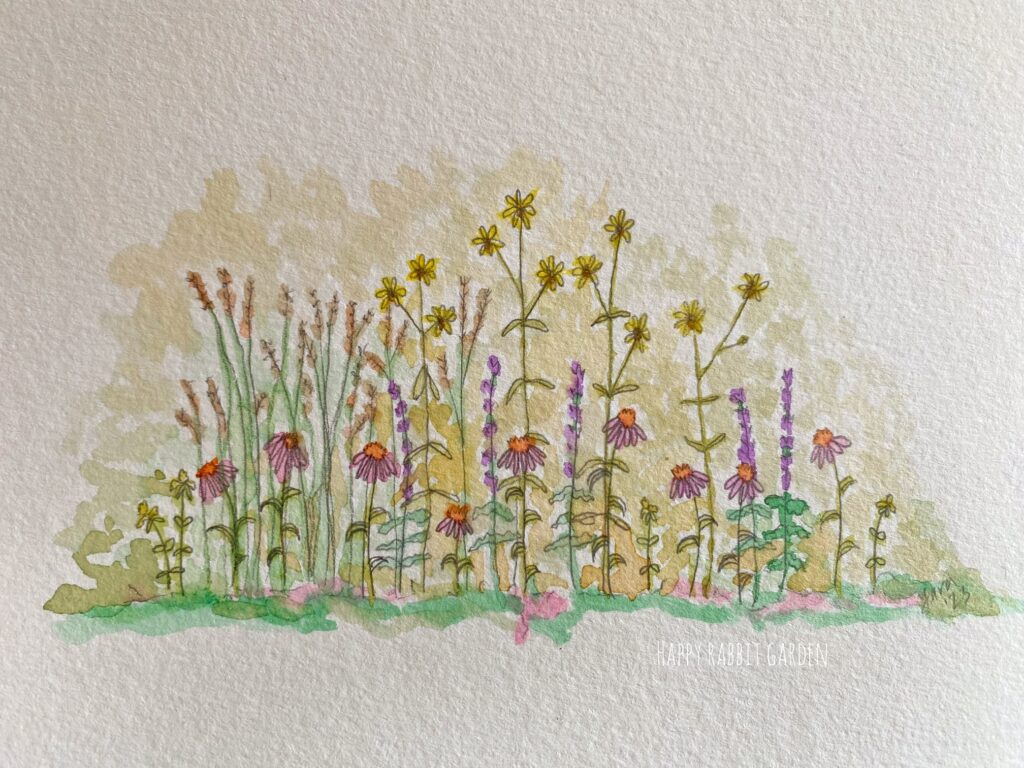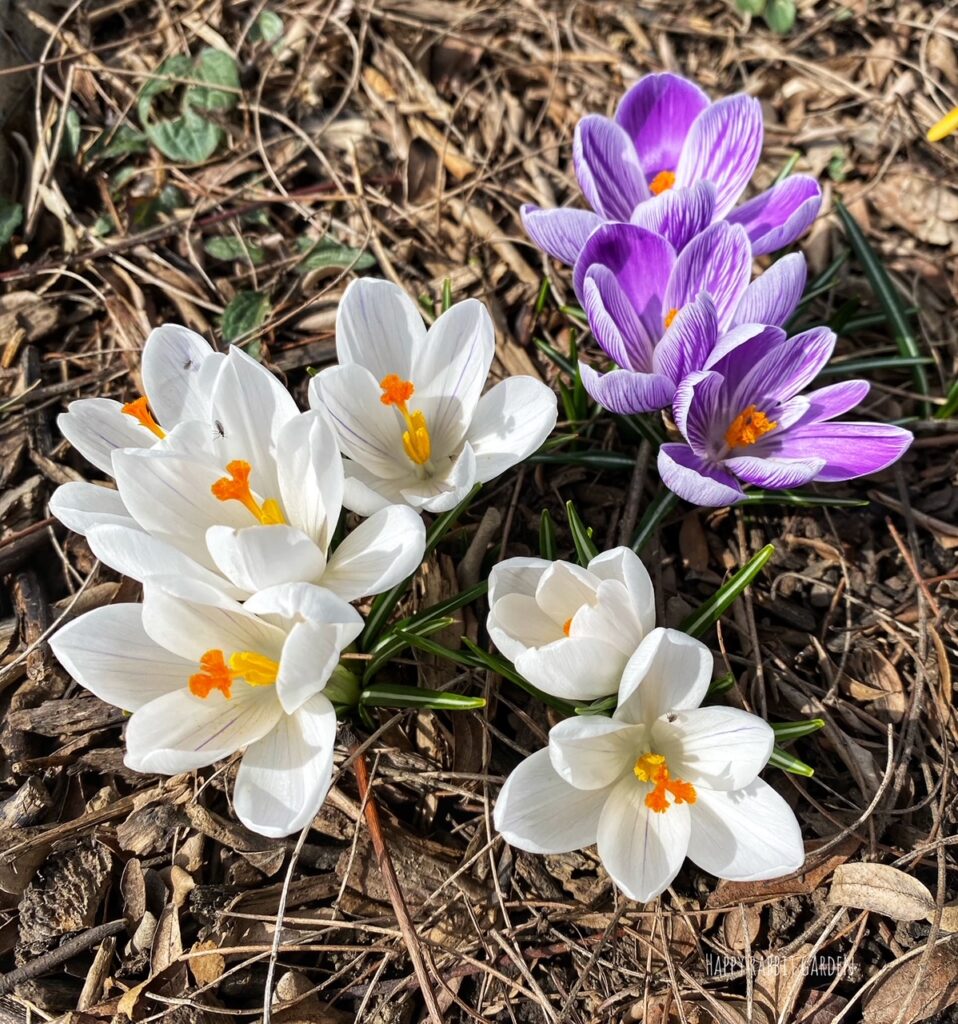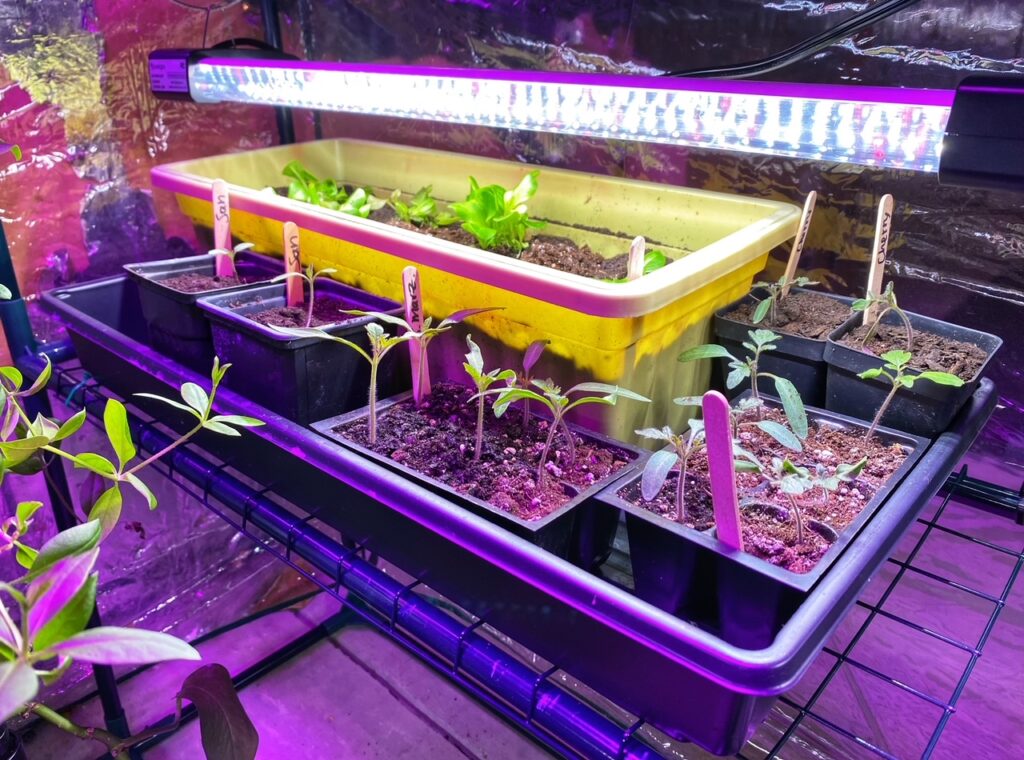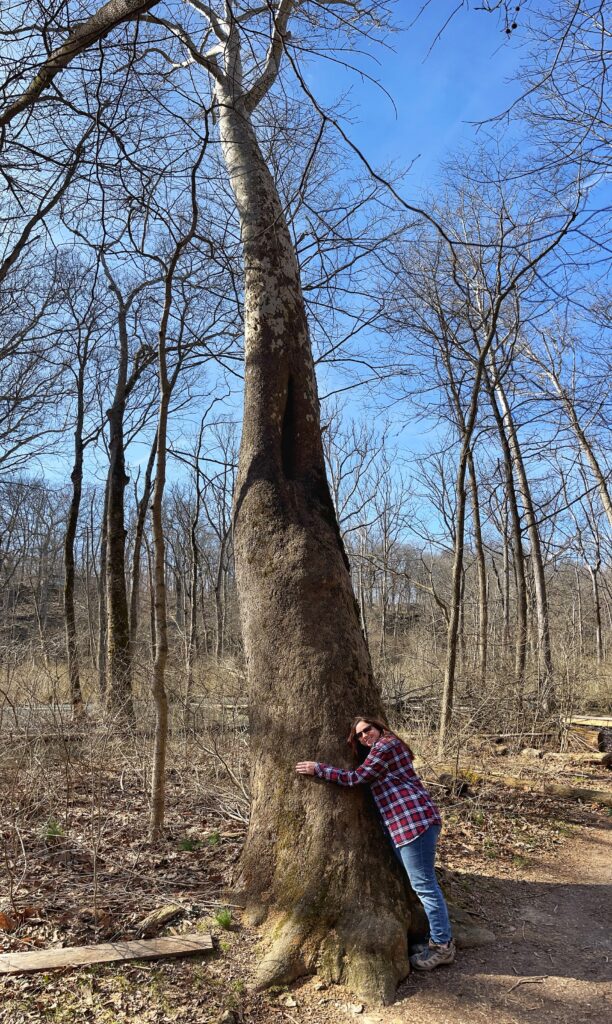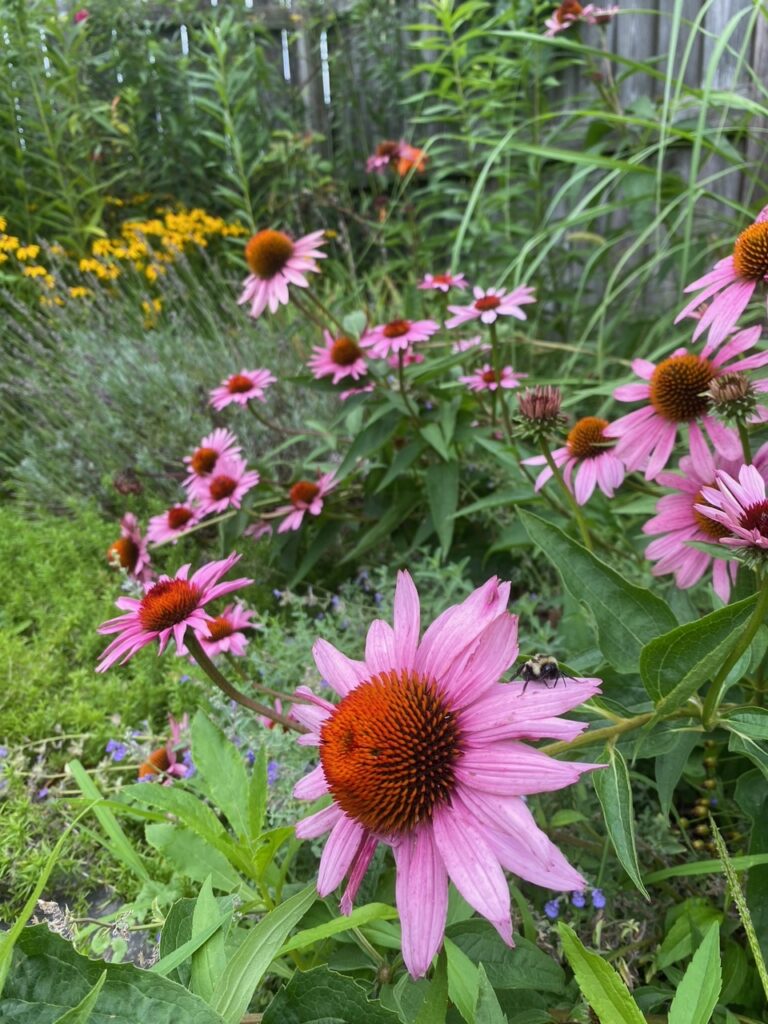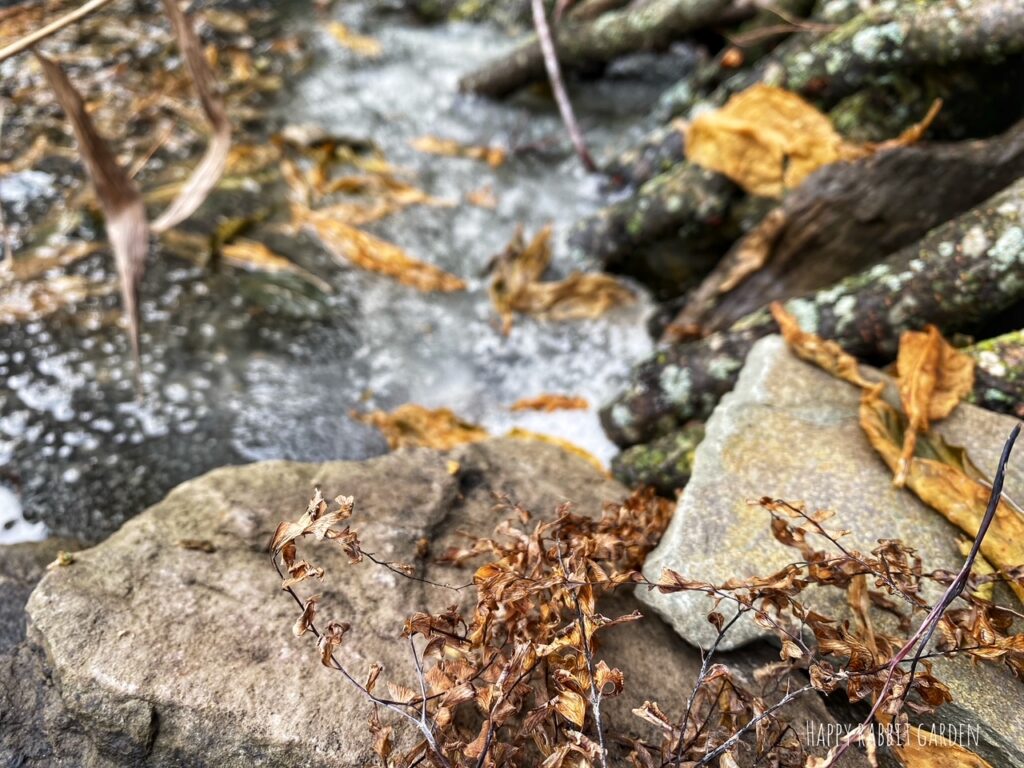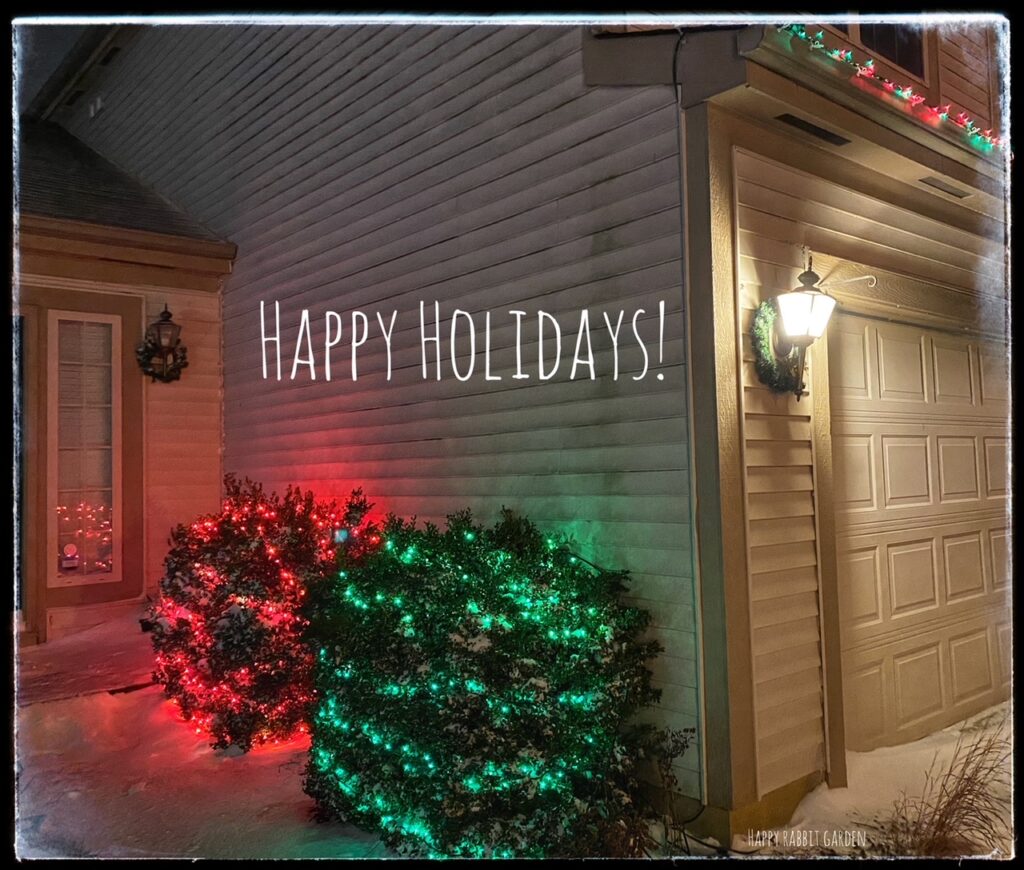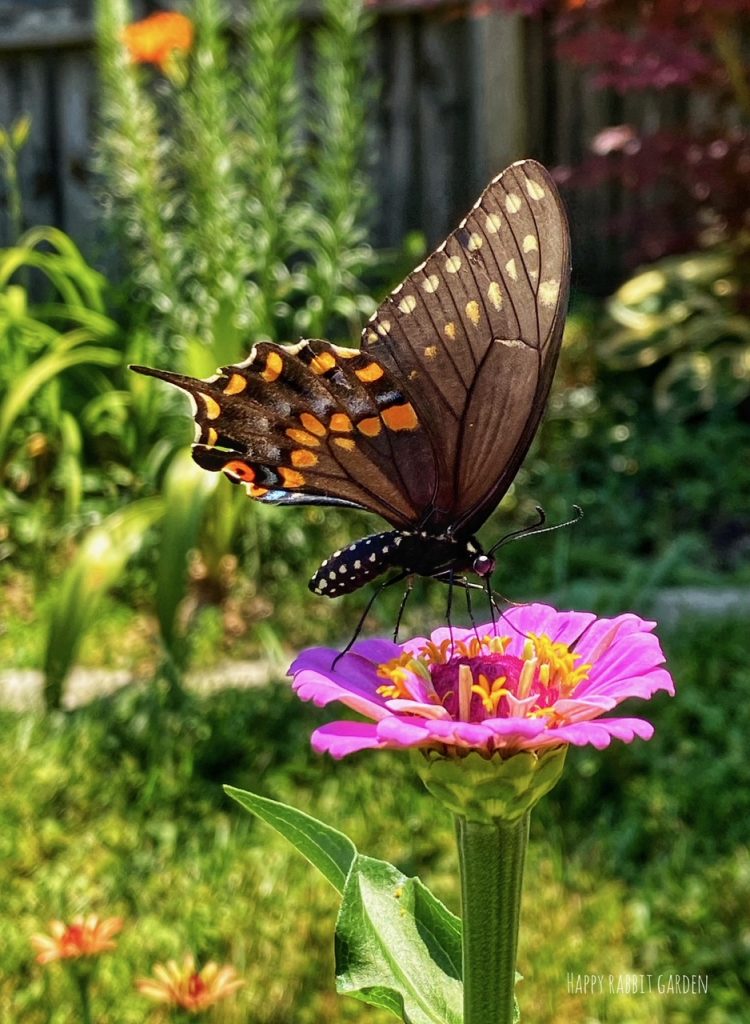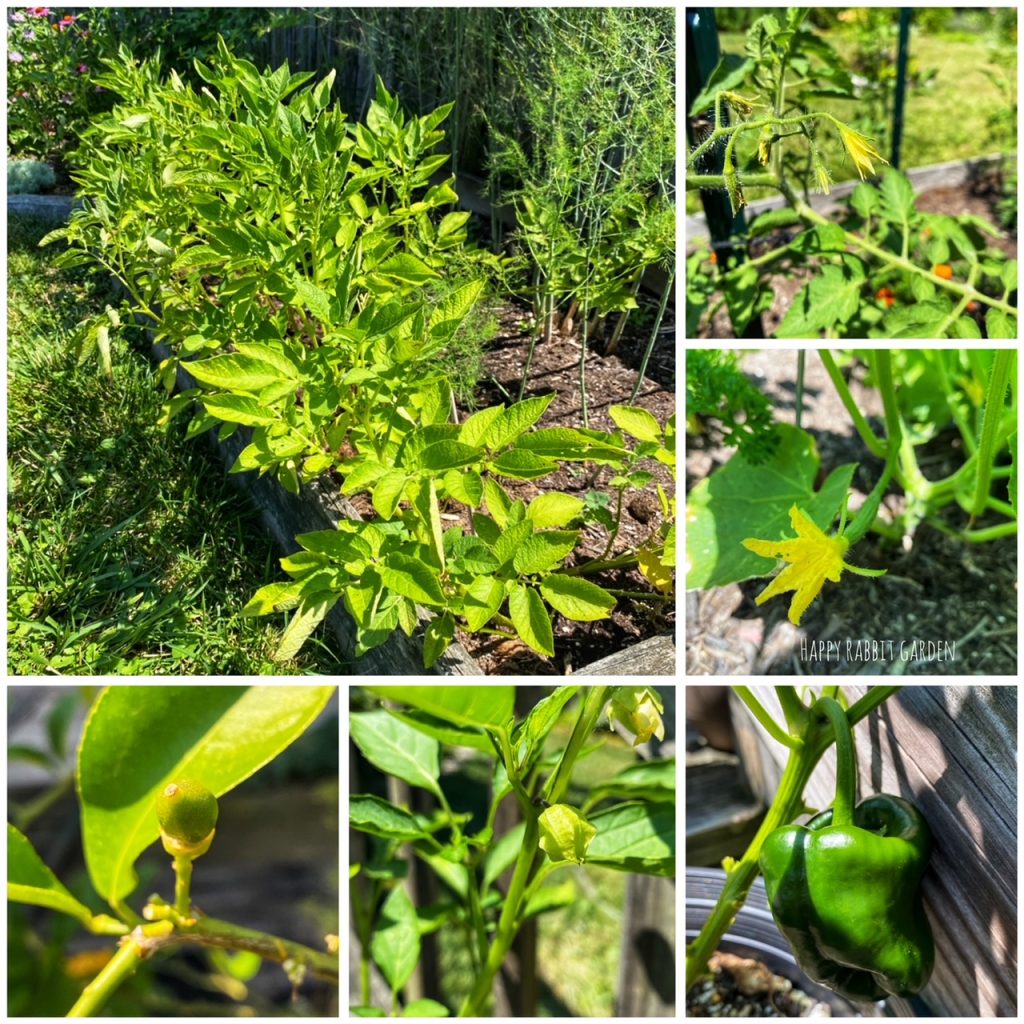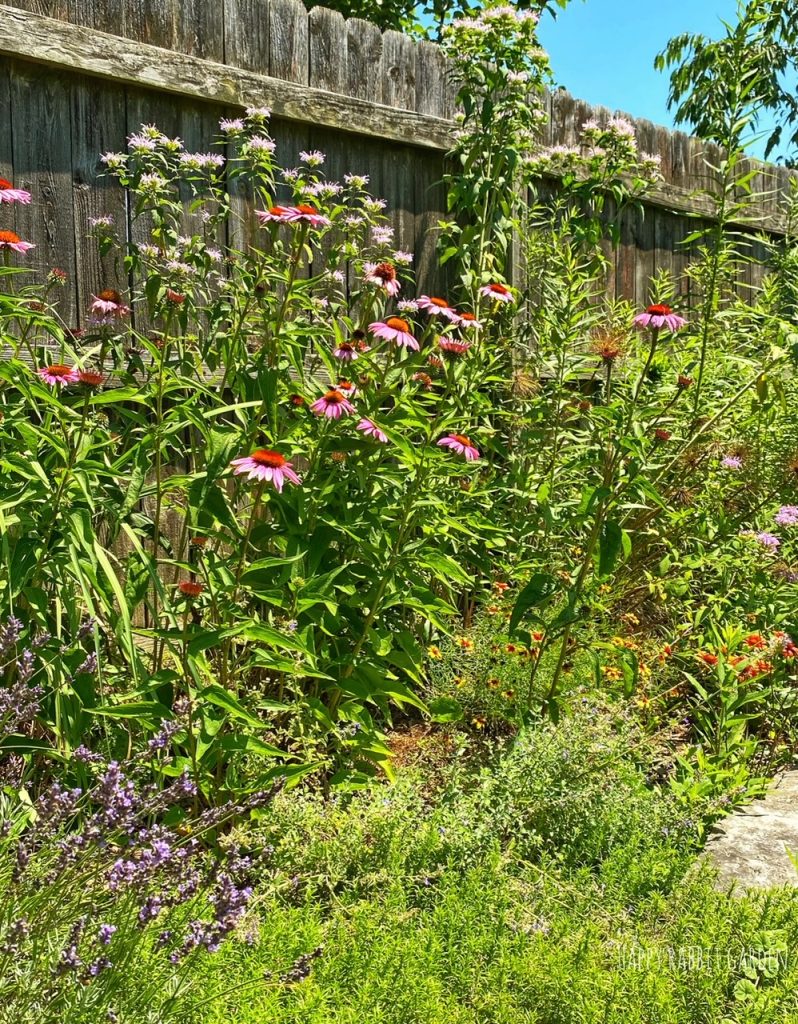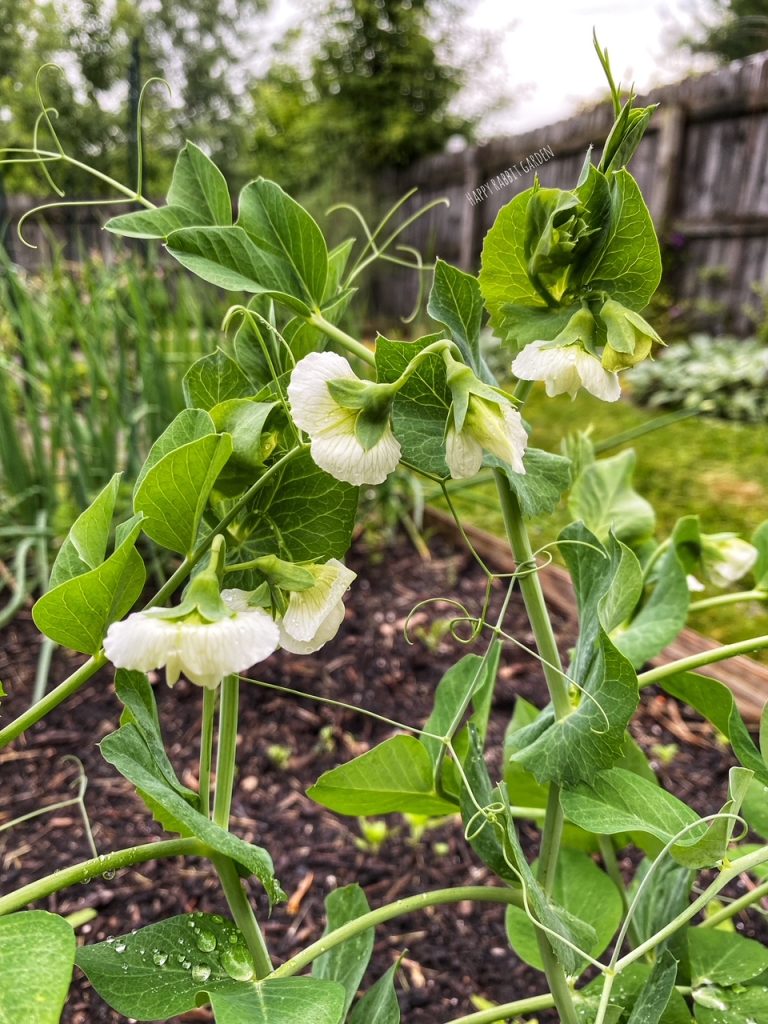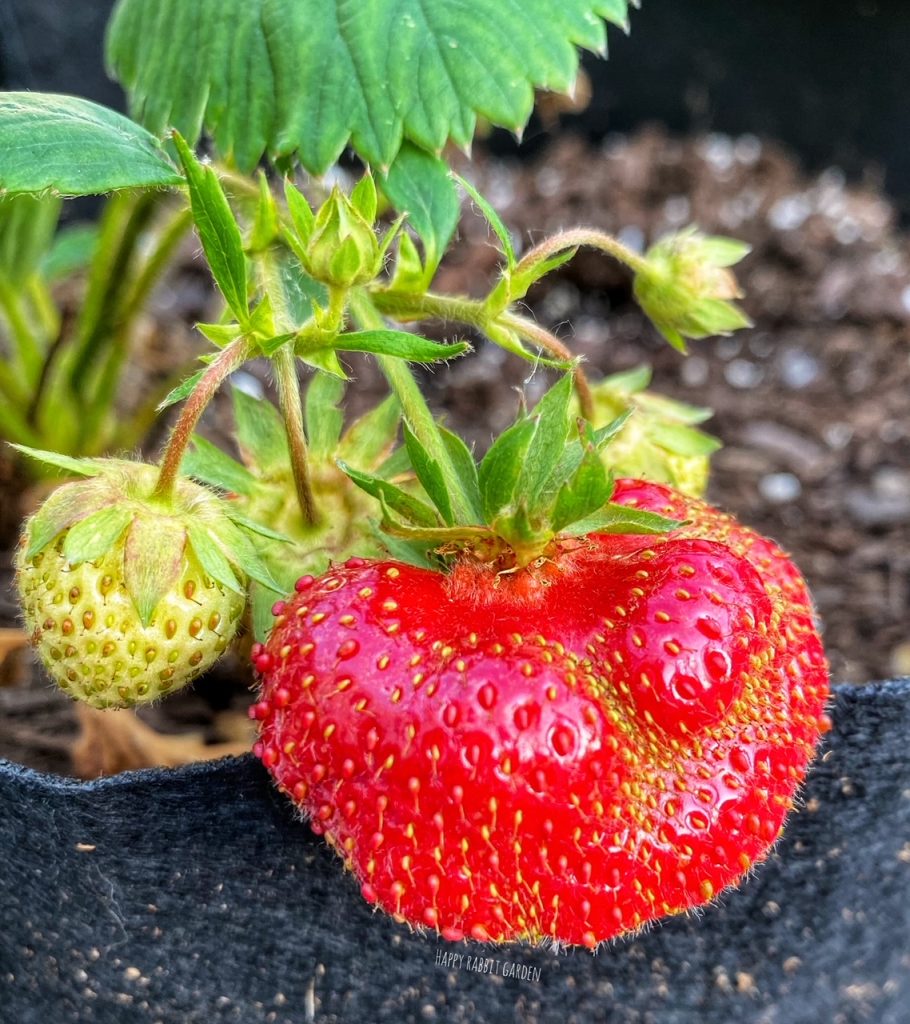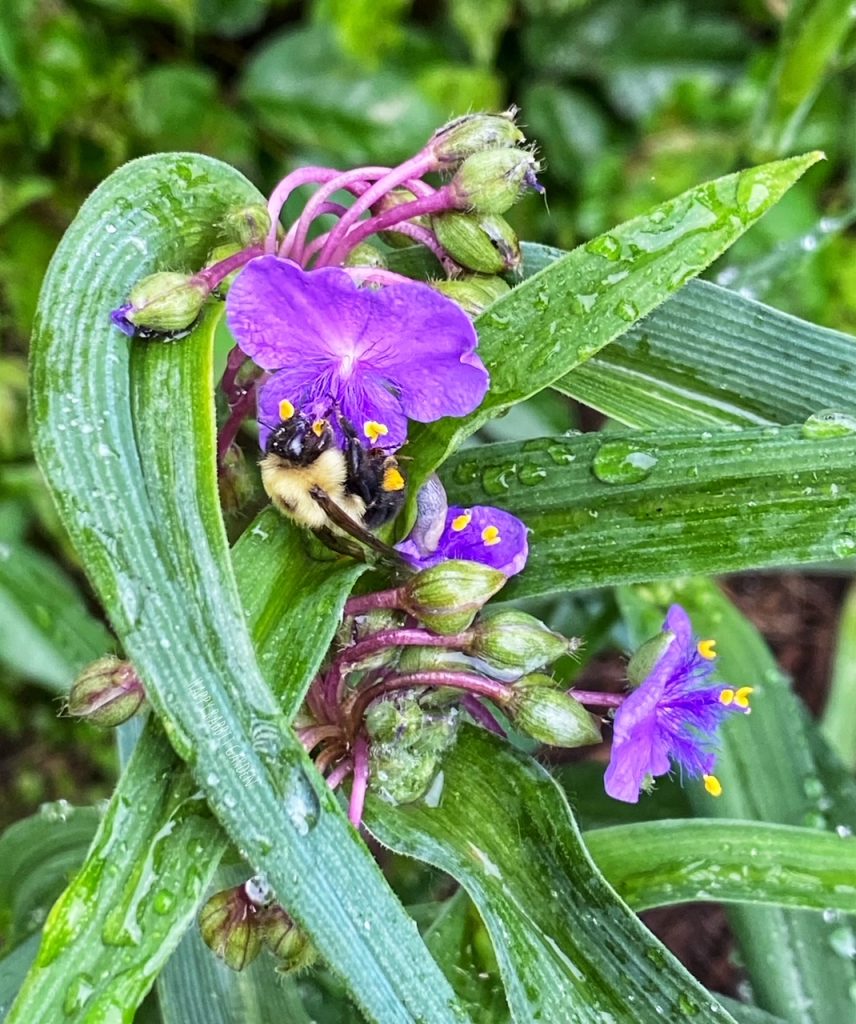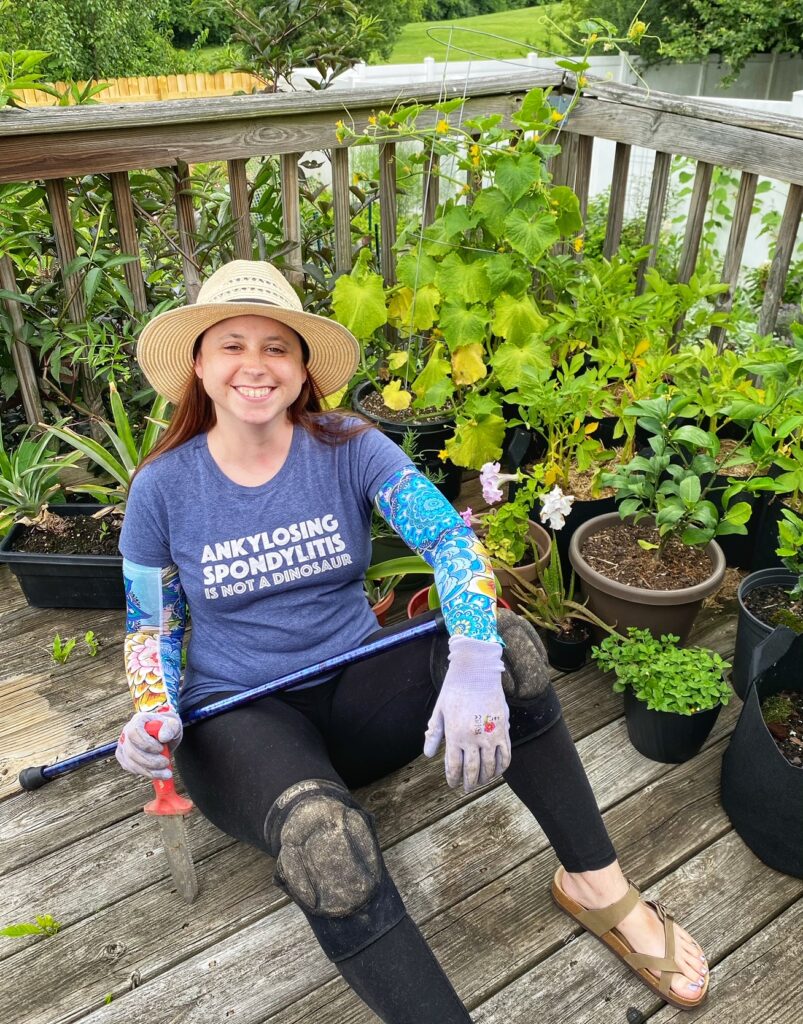
July is Disability Pride Month, and so I thought I’d share a little bit about what it’s like gardening while under the influence of disabilities. I have fibromyalgia, and ankylosing spondylitis (which is basically a cousin of Rheumatoid Arthritis, except it’s harder to pronounce and no one has ever heard of it). These are both auto immune diseases, and, on an average day, they impact my mobility in some way, cause pain, and fatigue.
Some days are fairly normal. My body decides if my to do list for the day is laughable, and we go from there. Other days, it’s a challenge to get out of bed at all. It’s not really predictable which kind of day we’re going to have until I wake up.
Gardening can be quite a physical activity. There’s hoses to wrangle, soil to move around, sod to dig up, unruly invasive plants that need to be removed, and weeds to pull. Lately, managing any of these activities is bound to cause a creative string of expletives to hurl out of my mouth. Sorry, neighbors.
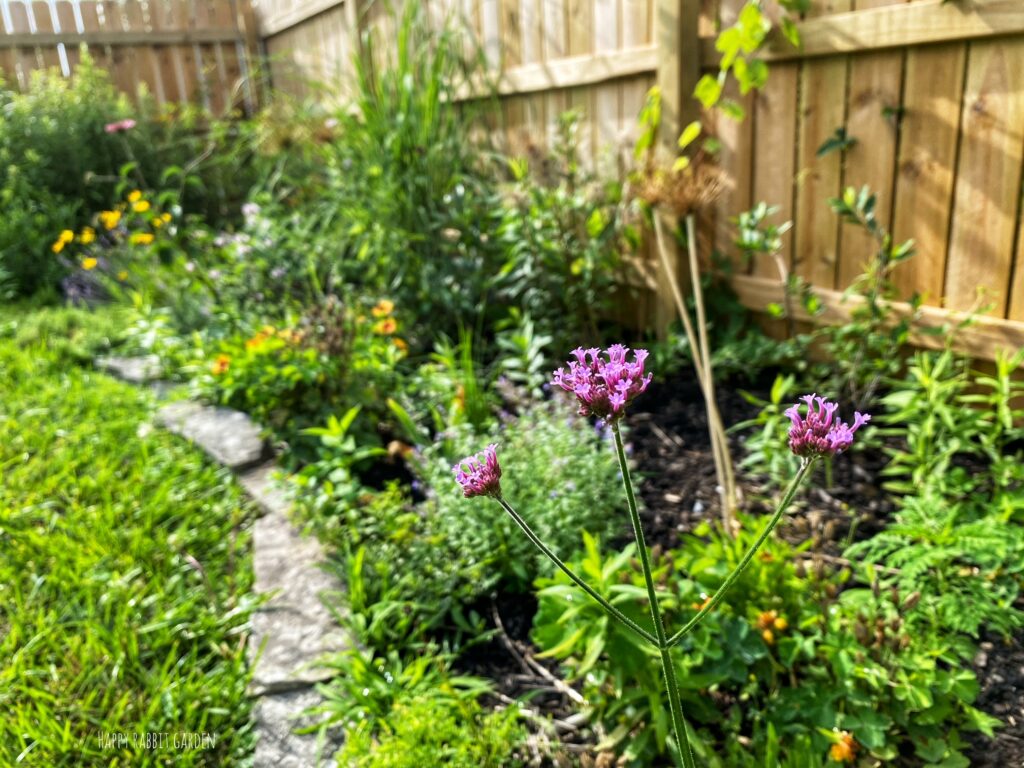
Despite this, I do still have a rather nice garden, if I do say so myself. I’ve learned a thing or two over the years. Here’s some of my tricks:
- The Art of Low Maintenance Gardening
I simply cannot physically accomplish all that I dream about in the garden. So, I need plants that work with me, not against. Things that require daily watering, lots of fertilizer, trimming/dead-heading, and other assorted fussing are just not going to cut it. I’ve taken to planting a lot of native plants in the garden, not just because they are critical to helping the wildlife in the area, but also because they are designed to thrive in our climate. We have cold winters, hot summers, and lots of wild swings in temperature. Precipitation levels seem to vary between drought or flooding. And, our soil content is filled with lots of clay. If I planted a lot of things meant for a more mild climate, they would not thrive, and I’ve be wasting a lot of money, time, and energy tending to them, and ultimately, replacing them, once they died. If you’re interested in learning more about planting native plants to your region, check out the Native Plants Finder section on the Homegrown National Park site. - Native Plants: Yes, I’m Still Talking About Those
Another reason I plant natives, is that they are a vital part of a healthy ecosystem. Native plants lure in native insects. And once you have an established yard full of beneficial insects, you will likely not see out-of-control pest problems from invasive insects like Japanese beetles. Native plants support insects and birds that help control unwanted pests. We don’t use any pesticides in our yard, and still manage to grow heaps of vegetables, fruits, herbs, and flowers to enjoy. Additionally, many natives don’t suffer from pest problems. There may be aphids around, and some holes munched into leaves here and there, but plants aren’t being eaten to the point where they are destroyed. - Potted Plants: A Great Ally
Many of the crops I do grow live in containers and raised beds, close to the house. If I am having difficulties walking, the likelihood of me traipsing around the yard with a hose and my cane is going to be low. I keep anything that requires more water in pots on the deck, right by the back door. The deck is shaded part of the day, I can move pots around fairly easily, and I can use a watering can from the kitchen instead of dealing with the hose. A lot of the herbs and vegetables I grow really thrive in container life. I’ve had a lot of success with grow bags and potatoes, tomatoes, peppers, basil, oregano, thyme, chives, pumpkins, melons, nasturtium, and fennel. Plus, I’m able to see everything from my perch on the living room couch. I may not always have the energy to go outside, but I’m still able to enjoy all the flowers on the deck. - The Tools of the Trade
A few tools have become necessary for any campaign into the garden. I garden with gloves and gardening sleeves, which help keep me cool, and protect me from hives (I’m allergic to most plants, because the universe has a weird sense of humor). Thankfully, I’ve reached the age where I don’t care as much about my appearance, and I’ve added a trusty straw hat to my gardening ensemble. Finally, I recommend some knee pads.
Once I’m outfitted, my absolute MUST HAVE tool in the garden is my trusty soil knife. I’ve used this thing for two years now, and I still can’t believe how handy it is. My soil knife cuts through our tough clay soil like butter. It slices through deep roots. It digs holes for planting. It’s my favorite hand tool, and I absolutely recommend one to every gardener. Another much have tool is a nice set of hand pruners. Keep them sharpened, and they will treat you well even on the worst arthritis days. - Just Be, and Watch the Bees
There are days when I just am not able to physically accomplish what I’d like in the garden, but I try not to dwell on those disappointments. I’m not always successful, and I do rely on my partner to help out quite a bit. However, I try to spend as much time as I can simply outdoors, existing in the garden. I plop down a chair, or sit in the grass, and watch the garden grow. Dealing with depression and anxiety is a struggle, but I find so much hope and peace in the garden.
There’s always something a little magical going on. The plants are moving in the wind, there’s pollinators out working the flowers, and birds gathering materials for nests. It’s easy to get caught up in all of my own crap, and being in the garden helps me refocus and think about the little joys of life instead. I find so much satisfaction in knowing that I built everything in the garden, and helped give such a great home to all the wildlife there now. And, watching the crops grow, and being able to harvest them to use in our dinners is such an exciting process. I’ve been gardening for years, but every year, being able to walk outside and pick a fresh vegetable off the vine of one of the plants is a delicious reward.
Eventually, all of us will be disabled, in one way or another. We may not be able to garden in the way we expected, but I think there’s options out there for everyone. Whether you have a lone pot on the windowsill, or acres of flowers, green spaces are healing and, I believe, necessary. To all of my fellow disabled gardeners out there, keep making the world a more beautiful space! Happy gardening!
